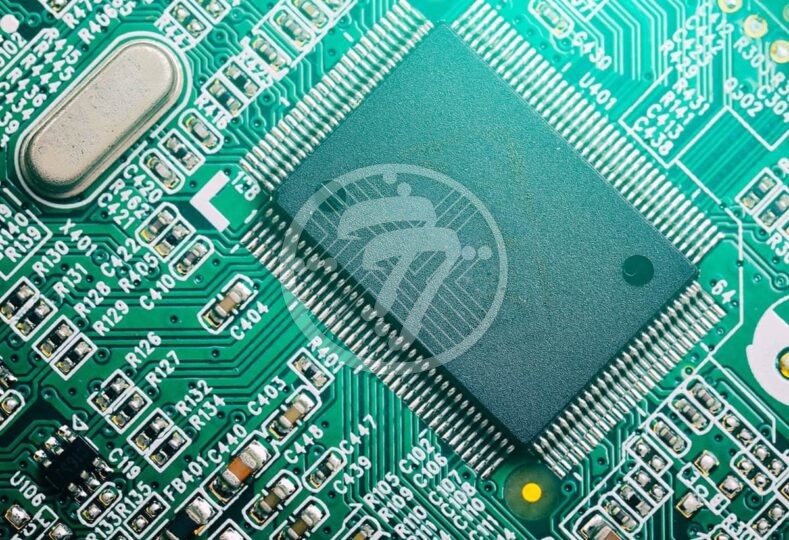Advantages of Multilayer PCB in Electronic Industry

PCBs have ubiquitous presence today, what with them being the core of most electronic items. With the growing complexity of devices, PCBs are therefore increasingly becoming more complex. From flexible to odd shaped ones, there is a range of PCBS out there. While electronic devices with limited functions can do with single layer PCBs, there is an exponential growth in multi layered PCBs. By definition, multilayered PCB are made up of layers of double sided circuit boards with heat protective insulation between them. The electrical connections between the layers happen through various kinds of vias resulting in complex multilayered PCBs. With complexity in applications, PCBs today can range anywhere from four to twelve layers.
Also Checkout Guide on : Single-Layer vs Multilayer Printed Circuit Boards
Multi layered PCBs have a number of advantages:
- Size: Multilayer PCB have an added advantage on account of their small size as they lend themselves well
- Lightweight: Small PCBs also come with reduced weight. This is particularly true also because single and double layered PCBs need a number of connectors that add to the weight and hence restrict mobility.
- Reliability: Typically multilayered PCBs are high on reliability as well as of high quality.
- Durability: Multilayer PCBs also come with high durability as they are able to withstand the heat and pressure that is applied on them.
- Flexibility: For assemblies that use flexible construction techniques, a flexible multilayered PCB can be helpful particularly in applications that require some amount of bending.
- Powerful: Multilayer PCBs typically are high density and have greater capacity as well as speed
- Single Connection Point: With single connection points, multilayered PCBs are beneficial for gadgets where size and weight are constraints.
On account of all these advantages, multilayer PCBs are the preferred option especially as greater functionality and reduced size increasingly become the norm.
All of this is not to say that multilayered PCB Fabrication do not have any disadvantages. Largely, compared to single layered PCBs, multilayered ones come with added cost as well as increased design time. Multi layered PCBs also necessitate that there be skilled designers who have a wide experience and hence can overcome issues related to crosstalk and impedance. In efficient design can directly impact board functioning. Also multilayer boards require increased production time and hence a lower turnover rate.
However, it is their improved functionality that more than covers for the many disadvantages associated with multi layered boards. As far as their increased costs go, with the advancement of technology, the costs are only slated to decrease.
However even while using multi layered PCBs it is important to ensure that as far as possible you go with even number of layers as opposed to PCBs with odd number of layers. This is on account of many factors including but not limited to the cost efficiency:
Odd layer PCBs are cost ineffective
The cost ineffectiveness of odd number of layers stems from the fact that the process of creating an odd layered PCB begins with creating an even layered PCB and then etching away the unwanted layer. As the process suggests, this leads to a lot of wastage which in turn lead to cost inefficiencies.
Warping
Other than the cost aspect, etching also results in warping of the layer.
With one side having copper and the other side not having it, there are different cooling rates, thereby creating stress on the PCB.
Risk of over & under plating
What the etching also does is that it leaves the two sides (one with copper and one without), with different weights, thereby adding to the risk of under or over plating.
On account of all the above reasons, it isn’t advisable to have odd number of layers unless there is a specific, compelling reason to do so.
At Technotronix, we have over 4 decades of experience in multilayer PCB. You can rely on our PCB design tools that, in turn, lead to that perfect PCB fabrication. An improper design can lead to a wide variety of issues such as imbalance.
Asymmetrical designs, for example, can lead to twisting or bows. It is extremely important, therefore, to go with a partner who understands these issues. Our experienced staff has a robust body of industry knowledge that ensures that you avoid costly mistakes later. Our superior engineering capabilities mean that each board matches your exact requirements and technical specifications. In case if you have any questions, please feel free to contact us via email at [email protected]






